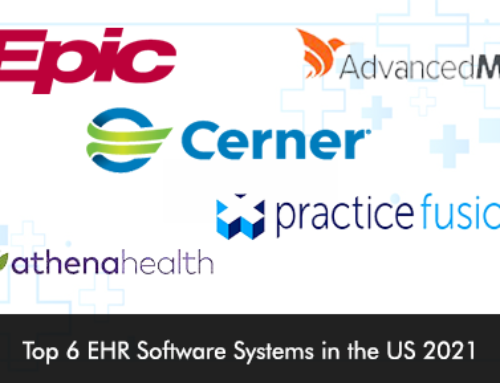April 2016, was the month when the Centers for Medicare and Medicaid Services (CMS) proposed to implement the Quality Payment Program (QPP) under the Medicare Access and CHIP Reauthorization Act of 2015 (MACRA). This affected many practices and clinicians and experts raised concerns that the QPP in its attempts to provide value-based care may end up impacting providers in independent and small practices, disproportionately.
What impacts these would be and how can small practices steer clear from them are discussed comprehensively in dedicated pages developed by portals such as EMR Systems and can help clinicians and independent practices a lot in this regard. In this article, we will tell you about the importance of small practices in the new value-based care.
Before we begin, what you must know is that in the new rules, CMS has offered significantly more flexibility in the first reporting year of the QPP which is 2017. This has been done in order to assist the transition small and independent practices to participate in the QPP.
One example of this is the increasing of MIPS low-volume threshold. The threshold was moved from $10,000 to $30,000 in Medicare Part B allowed charges which represented 32.5% of pre-exclusion Medicare clinicians. Now small practices meeting this low-volume threshold are excluded from new requirements for the year 2017.
Because of this and many other similar changes, it is anticipated that the launch of the QPP will have a slight impact on eligible clinicians in independent and small practices during 2017. CMS’s actions depict that they’re appreciating the role small practices play as one of the keystones of US healthcare ecosystem as such practices have a lower average cost per patient and fewer avoidable hospital admissions.
While one may sit back and appreciate CMS’s responsiveness to feedback, it’s also important to consider that these payment programs are merely one part of a much bigger picture of value-based care.
Eventually, the implementation of MACRA is an opening for small practices and leaders in Health IT to push value-based care beyond reporting. The best value here could only be achieved in unburdening clinicians so that they can have the time to provide individualized care delivering the best outcomes.







